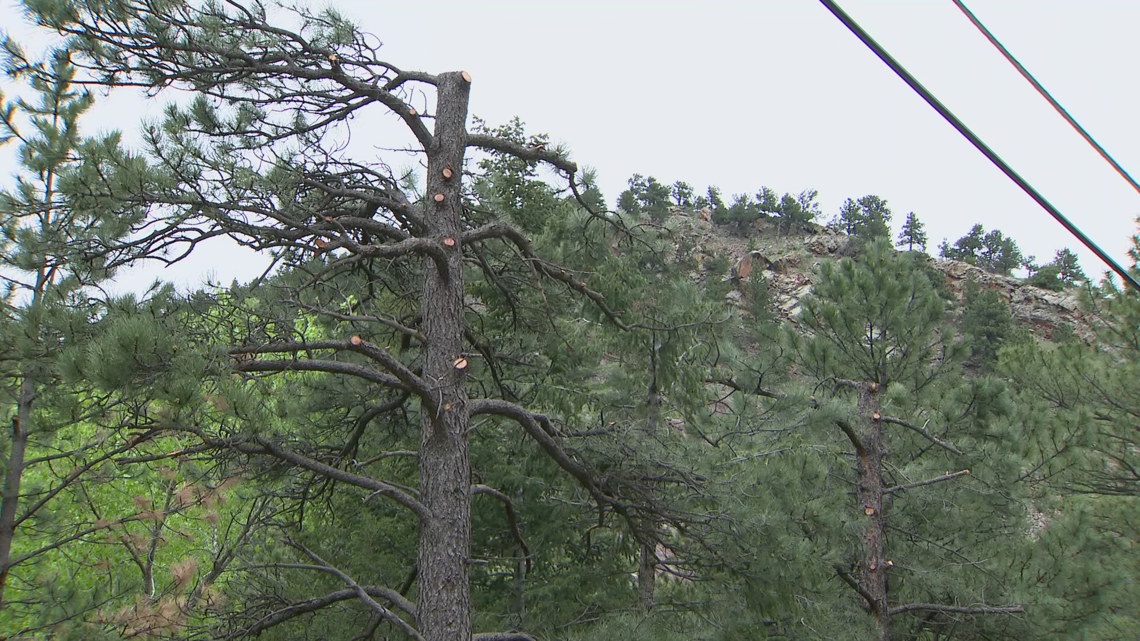Negative
22Serious
Neutral
Optimistic
Positive
- Total News Sources
- 1
- Left
- 0
- Center
- 0
- Right
- 0
- Unrated
- 1
- Last Updated
- 8 min ago
- Bias Distribution
- 100% Unrated


Stanford Report Reveals US Wildfire Response Workforce Gaps
Beaver habitats provide natural protection against wildfires by creating wetlands that retain water and transform surrounding vegetation into less flammable, lush landscapes, as confirmed by studies of Colorado wildfires where beaver ponds remained unscathed. The increasing frequency, intensity, and cost of wildfires in the United States demand a coordinated federal response focused on prevention, community protection, investment, and rapid recovery, as emphasized by recent bipartisan legislative efforts like the Fix Our Forests Act. A comprehensive national wildfire strategy also requires better data and coordination among the diverse wildfire response workforce, which includes over 100,000 state and local firefighters, federal personnel, private contractors, and Tribal firefighters; however, current data gaps hinder effective resource utilization and support. Researchers have developed improved datasets and geospatial tools to analyze wildfire perimeters and fireline operations, aiding in understanding containment efforts and informing future wildfire management. Collectively, these findings highlight both natural and systemic factors critical to enhancing wildfire resilience and response effectiveness across the U.S.
- Total News Sources
- 1
- Left
- 0
- Center
- 0
- Right
- 0
- Unrated
- 1
- Last Updated
- 8 min ago
- Bias Distribution
- 100% Unrated
Negative
22Serious
Neutral
Optimistic
Positive
Related Topics
Stay in the know
Get the latest news, exclusive insights, and curated content delivered straight to your inbox.

Gift Subscriptions
The perfect gift for understanding
news from all angles.
